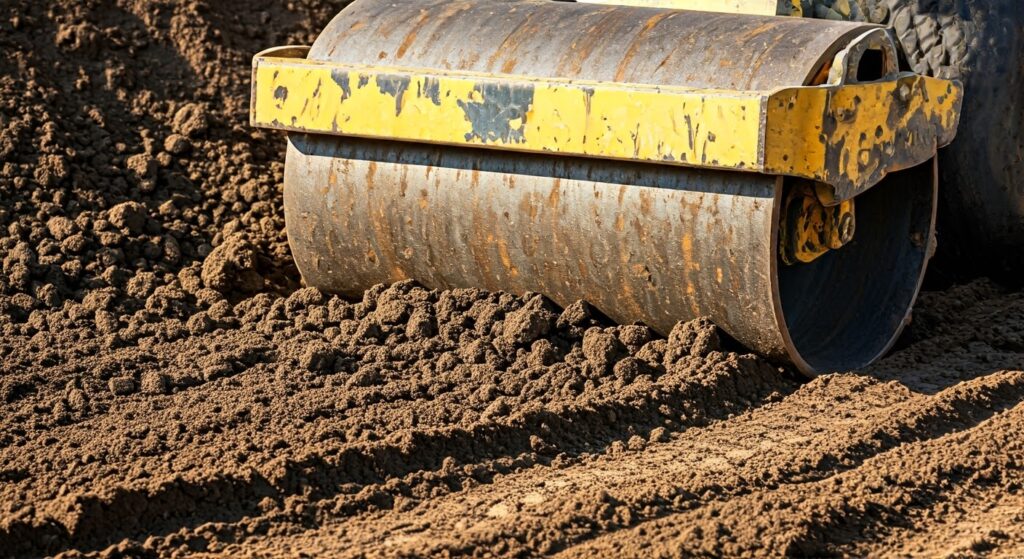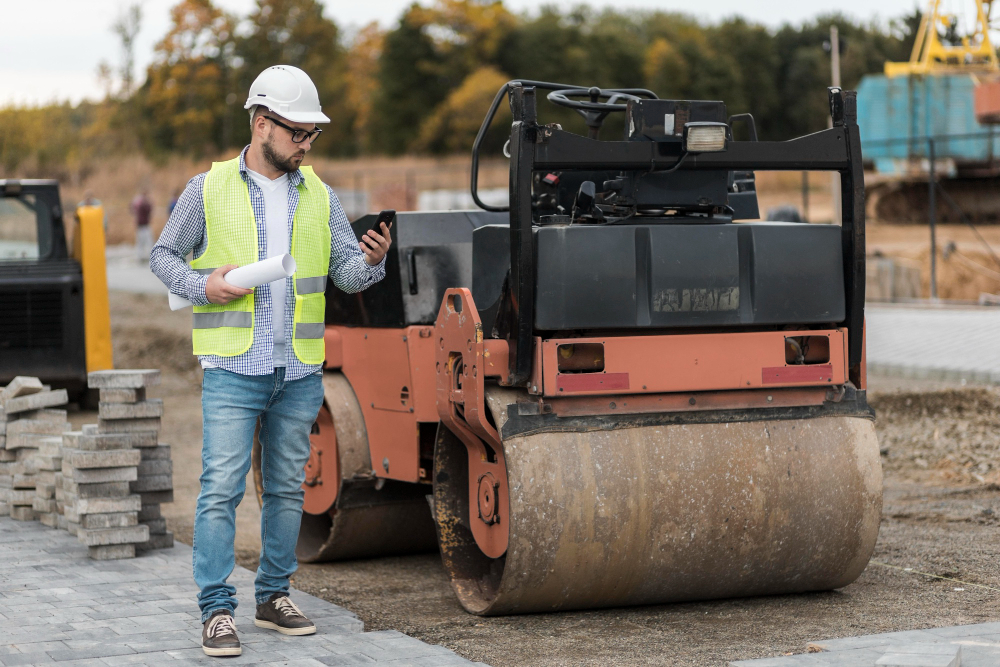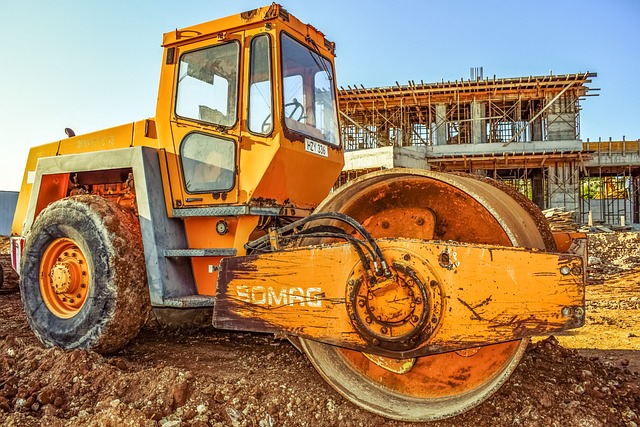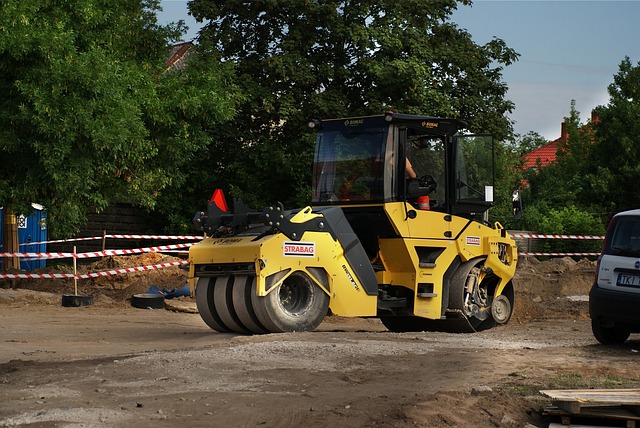Which Roller for Compaction is Best?
Compaction guarantees strong foundations for infrastructure, buildings, and roadways during a critical period of development. The lifetime and quality of a project may be much influenced by the compaction roller used. This tutorial explains the many kinds of rollers, their uses, and important considerations to let you choose the appropriate instrument for your requirement.
The roller best for compaction?
In building and road construction, compaction is a required procedure that guarantees soil, gravel, asphalt, and other materials reach the required density and stability. The kind of material, project criteria, and environmental circumstances will all affect the correct roller for compaction. This book looks at several kinds of rollers, their uses, and the best choices for certain compaction jobs.
Understanding Compaction’s Value
Compaction helps to minimize structural failures, water intrusion, and settlement by increasing the load-bearing capacity of soil and pavement surfaces.
- Material Type: The kind of material—soil, asphalt, and aggregates—that calls for different compaction methods will define the compaction’s success.
- Project Scale: Smaller operations may use lightweight equipment; large-scale projects need for heavy-duty rollers.
- Compaction Depth: Deeper compaction requires especially made rollers with increased weight and vibration force.
- Site Conditions: Terrain and moisture content of the site influence the compaction roller utilized.
Various Compaction Rollers: Benefits, Drawbacks, and Uses
These rollers consist of a large steel drum compacting surfaces using either vibratory or static pressure. Their best suit for granular soils like sand and gravel as well as asphalt ensures a consistent finish.
Wheel rollers with smoothness:
Smooth drum rolls are used in road construction, highway paving, and big commercial projects where surface uniformity is very vital. On cohesive soils like clay, they are less effective but this is because they lack the kneading action needed to break down air pockets.
- Best for: Designed most for asphalt, gravel, and sand.
- Pros: produces a smooth finish; ideal for surface compaction
- Cons: less suitable on solid soils.
- Perfect for: Pavement construction and road finishing.
Sheepsfoot/padfoot rollers:
These rollers are ideal for compacting cohesive materials like clay and silt as their elevated pads or feet provide strong-pressure contact points on the soil. The pads used widely in embankments, foundations, and landfill development where significant compaction is needed assist to break down moisture-laden soil, minimize air gaps, and enhance soil density. Padfoot rollers also operate with vibration to increase their compaction efficiency, therefore providing better soil stability in earthwork projects and subgrades.
- Best for: Perfect for silty soils including clay and trench compaction.
- Pros: One advantage is flexible tire pressure for different application.
- Cons: Perfect for Earth dams and embankment development
- Perfect for: road building, asphalt overlays.
Pneumatic (Rubber-Tired) Rollers:
Using several rubber tires creating a kneading motion, pneumatic, rubber-tired rollers smash asphalt and granular materials. In hot-mix asphalt applications, highly flexible pneumatic rollers aid to seal surfaces, improve density, and reduce air gaps. Frequent used in both intermediate and final phases of road construction, they enhance material uniformity and bonding. Different compaction degrees made possible by the changing tire pressure also make them suitable for both soft and hard materials that need good compaction.
- Best for: Perfect for asphalt layers, mixed soils, finely grained materials.
- Pros: One benefit is flexible tire pressure suitable for many applications.
- Cons: One Disadvantage is more maintenance costs.
- Perfect for: Asphalt overlays and road development.
Vibratory Rollers:
Highly effective for compacting crushed stone, gravel, asphalt, mixed soils are vibratory rollers—which employ vibration to promote compaction. The tightly overlapping vibrantly colored particles increases material density and strength. Vibratory rollers find usage in road and highway construction, railway beds, and airport runways where deep compaction is required. Depending on the application, they could be used in single- or double-drum combinations; double-drum variants are particularly helpful for high-intensity projects demanding continuous compaction across large areas.
- Best for: Perfect for very large projects, sub-base layers, and fine soils.
- Pros: One advantage is increased compaction efficiency from vibration.
- Cons: Not optimal for cohesive soils.
- Perfect for: Road base compaction and foundation preparation.
Grid Rollers:
Mostly intended for compaction of coarse-grained soils and rough terrain, these rollers include a robust steel mesh drum with an open-grid design. Their considerable contact pressure helps them to be effective in breaking down large rock pieces and boosting soil stability. Usually used in large-scale infrastructure projects involving significant subgrade stability, road foundation preparation, and mining activities, grid rollers Even if they provide great compaction for coarse materials, their lack of smooth-surface finishing renders them inappropriate for asphalt or fine-grained soils.
- Designed for coarse or rocky soils only.
- Pros: One benefit of heavy-duty grid pattern compression is
- Cons: limited to certain kind of soil.
- Ideal for rocky soils and refined soil compaction.
Knowing the characteristics of every kind of roller and properly balancing these factors will enable you to choose and get the expected compaction results for your project. Remember that parameters like soil moisture content, lift thickness, and required compaction density greatly affect the most effective compaction method.
How to choose a compaction roller?
Important Considerations Affecting the Choice of Roller for Compaction:
- Soil Type: various soil kinds called granular, cohesive, or mixed call for various rollers; so, determine if the material is such.
- Sand or gravel: granular soils; either vibratory or smooth rollers.
- Cohesive soils – clay or silt: padfoot or pneumatic rollers.
- Project Area and Topography: While minor works can demand tiny rollers, big ones call for heavy-duty rollers.
- Small areas: Walk-behind rollers.
- Uneven terrain: Padfoot or grid rollers for uneven ground.
- Guidelines for Compaction Depth: Determine the depth requirements for the particular projects to choose the appropriate roller.
- Surface-level: flawless wheel rolls.
- Deep compaction: either vibratory rollers or padfoot.
- Material Being Compacted: Roller is selected depending on the kind of the project and based on the material consumption.
- Asphalt: either pneumatic or smooth wheel rollers.
- Vibratory rollers: sub-base layers.
Top Rollers for Typical Common Compaction Equipment Sceneries:
- Road Building: smooth drum vibratory rollers enable constant asphalt compaction and surface uniformity.
- Dams and Embankments: For cohesive soils, padfoot or tamping foot rollers provide stability by extensive compaction.
- Residential Projects: Pneumatic rollers provide flexibility especially for compaction of asphalt and sub-base layers.
- Mining and Quarrying: Grid rollers help to break down uneven ground and stabilize foundations, therefore improving the overall soil strength.
After All – The Last Opinion
The ideal roller for compaction selection will depend on the kind of material, project size, site condition, and degree of influence. Your project’s specific terrain, soil type, and materials choice determine the ideal roller for compaction.
Designed for cohesive soils, padfoot rollers are ideal; smooth drum rollers work rather well for asphalt paving. While pneumatic rollers provide flexibility, vibratory rollers boost compaction. Vibratory rollers shine for fine soils; padfoot rollers are perfect for clay applications.

Knowing the many kinds of rollers and their uses can assist builders guarantee sturdy and safe foundations by increasing the compaction efficiency. Give equipment that strikes a mix of cost, efficiency, and intended outcomes top consideration always.
FAQ’s:
Q: Which roller would be ideal for compaction of clay soil?
A: For clay, padfoot or sheepsfoot rollers work really well. From the bottom up, their protruding feet knead and compress cohesive soils like clay to produce a strong, interlocking framework. Appropriate moisture content is the secret to maximum performance.
Q: Can vibratory rollers help to compress asphalt?
A: Actually, vibratory rollers effectively break asphalt to increase density. On a perfect finish, however, pair them with a smooth drum roller. The vibratory roller controls initial compaction and the smooth drum presents a polished surface. Use frequency and amplitude under control to avoid damage.
Q: What impact on compaction does roller weight produce?
A: Although they need more power, heavier rollers compress the soil deeper, hence increasing its density. The optimal weight depends on the sort of material and planned depth. Deep, high-density compaction calls for higher rollers; smaller rollers match surface compaction. Balance weight with project needs to avoid harm or wasted energy.

